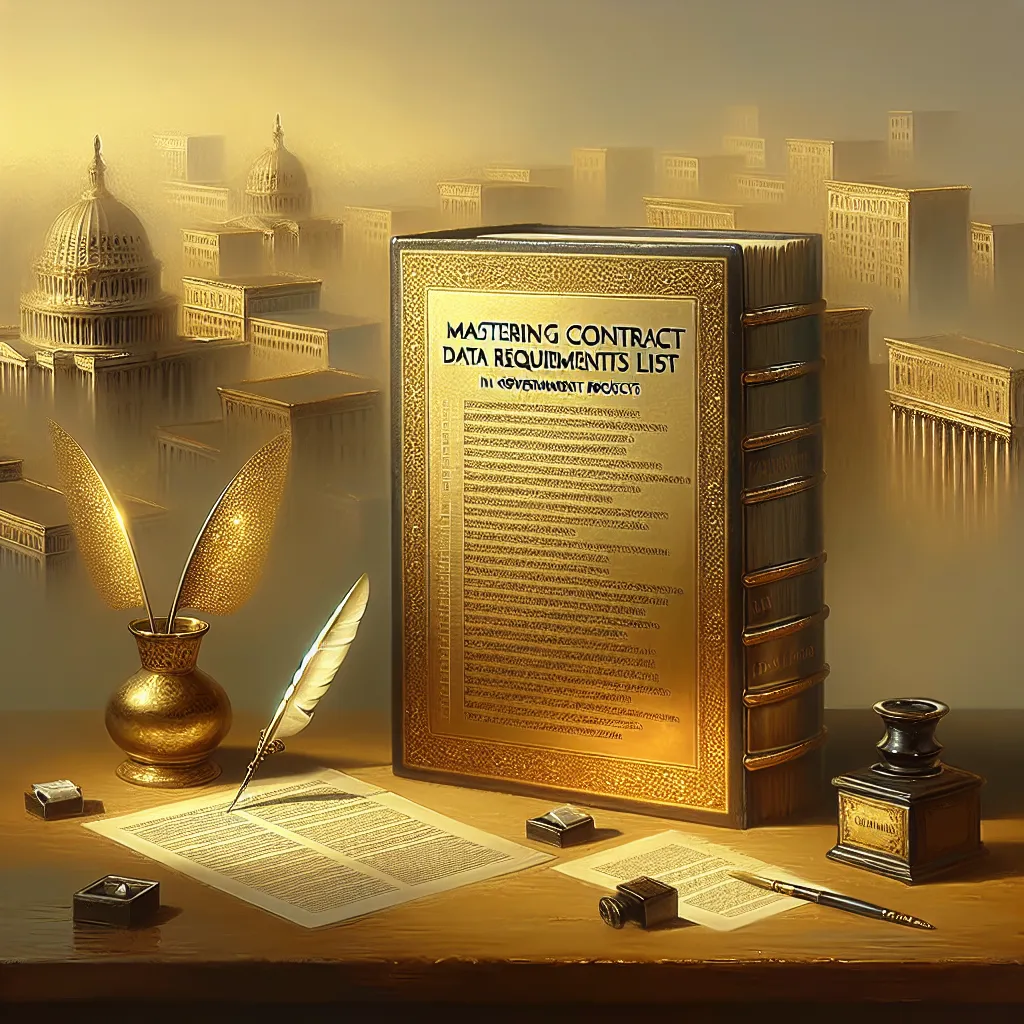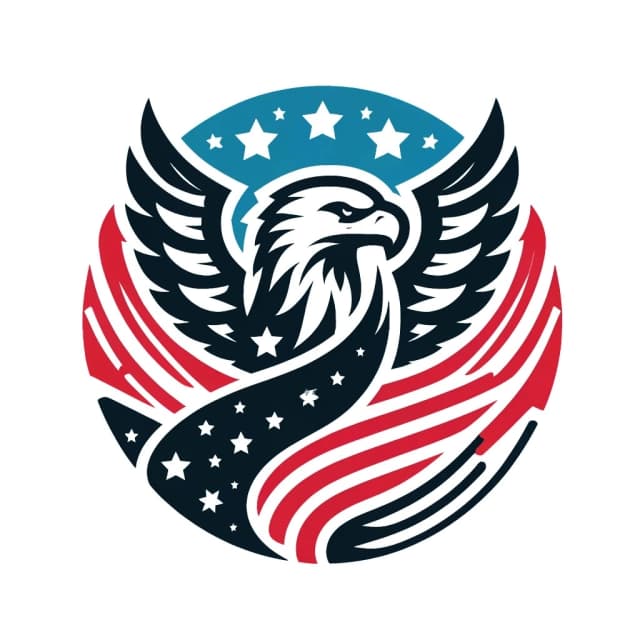
- Published on
- Authors

- Name
- GovCon
Mastering CDRLs: Efficiently Managing Contract Data Requirements in Government Projects
If you've ever managed a government project, you're likely familiar with the elaborate labyrinth of paperwork, submissions, and compliance requirements. One crucial aspect of this bureaucracy is the Contract Data Requirements List (CDRL), a comprehensive document that outlines all data deliverables a contractor must produce throughout the course of a project. Efficiently managing CDRLs can often be the difference between a smoothly executed project and a never-ending nightmare. Let's dive into the essentials of managing these critical documents with a sprinkle of technical depth to make you the maestro of government project management.
Understanding CDRLs: The Backbone of Compliance
At its core, a CDRL serves as a formal method to define and manage the data deliverables required by a government contract. It primarily encompasses:
- Deliverable Data: Specifies what documents, reports, and data sets must be produced.
- Due Dates: Specifies when these deliverables are due.
- Specifications: Defines the criteria that these deliverables must meet.
Why Are CDRLs So Important?
- Compliance and Accountability: They ensure all contract requirements are documented and trackable, forming a clear path for compliance verification.
- Milestone Management: They provide precise timelines for project milestones, making it easier for project managers to track progress.
- Quality Assurance: Detailed specifications ensure deliverables meet the prescribed quality standards.
Best Practices for Efficient CDRL Management
1. Early Engagement and Planning
Before diving headfirst into the project, take time to thoroughly review and understand the CDRL. Engage with stakeholders early to clarify any ambiguities. Make use of the Integrated Master Plan (IMP) and Integrated Master Schedule (IMS) to map out deliverables against project timelines.
2. Utilization of Tools and Technology
Use advanced project management tools to keep track of CDRLs. Systems like Microsoft Project, Primavera, or specialized software such as ASSIST (Acquisition Streamlining and Standardization Information System) can significantly streamline the process. Features that stand out include:
- Automated Tracking: Automates reminders and updates for approaching deadlines.
- Collaboration Tools: Enables seamless communication between team members and stakeholders.
- Version Control: Facilitates the management of document revisions and history.
3. Implementing a Robust Review Process
Regularly review CDRL submissions through structured reviews like System Requirements Review (SRR), Preliminary Design Review (PDR), and Critical Design Review (CDR). Ensure traceability by maintaining an audit trail of all reviews, revisions, and approvals. This not only ensures compliance but also facilitates continuous improvement.
Common Pitfalls and How to Avoid Them
1. Inadequate Training
Ensure all team members are well-versed in CDRL requirements and management processes. Regular training sessions and workshops can help keep the entire team aligned and equipped to handle the complexities of CDRLs.
2. Overlooking Small Details
Given the volume of data deliverables, it's easy to overlook minor details which can lead to significant issues down the line. Always double-check specifications and use checklists to ensure nothing is missed.
3. Communication Gaps
Effective communication is key. Use tools that provide real-time updates and maintain open channels between all stakeholders to mitigate the risk of miscommunication.
The Future of CDRL Management
1. Artificial Intelligence and Machine Learning
AI and ML are set to revolutionize CDRL management by predicting potential compliance issues, automating mundane tasks, and providing intelligent insights to optimize workflows.
2. Blockchain for Enhanced Security
Blockchain technology promises enhanced security for contract data by providing immutable records, thus ensuring data integrity and reducing potential fraud risks.
3. Cloud Integration
Integrating CDRLs with cloud platforms can offer unparalleled flexibility, collaboration, and scalability, making it easier to manage extensive data requirements across multiple locations and teams.
Conclusion
Mastering the management of CDRLs in government projects demands a blend of meticulous planning, leveraging the right tools, and fostering effective communication. As we adopt more advanced technologies like AI, blockchain, and cloud integration, the future of CDRL management looks promising and increasingly efficient. By following best practices and staying ahead of potential pitfalls, you can ensure your projects not only meet but exceed compliance and quality standards.
Ready to take your government project management skills to the next level? Embrace these strategies and become the go-to expert for managing Contract Data Requirements Lists!
